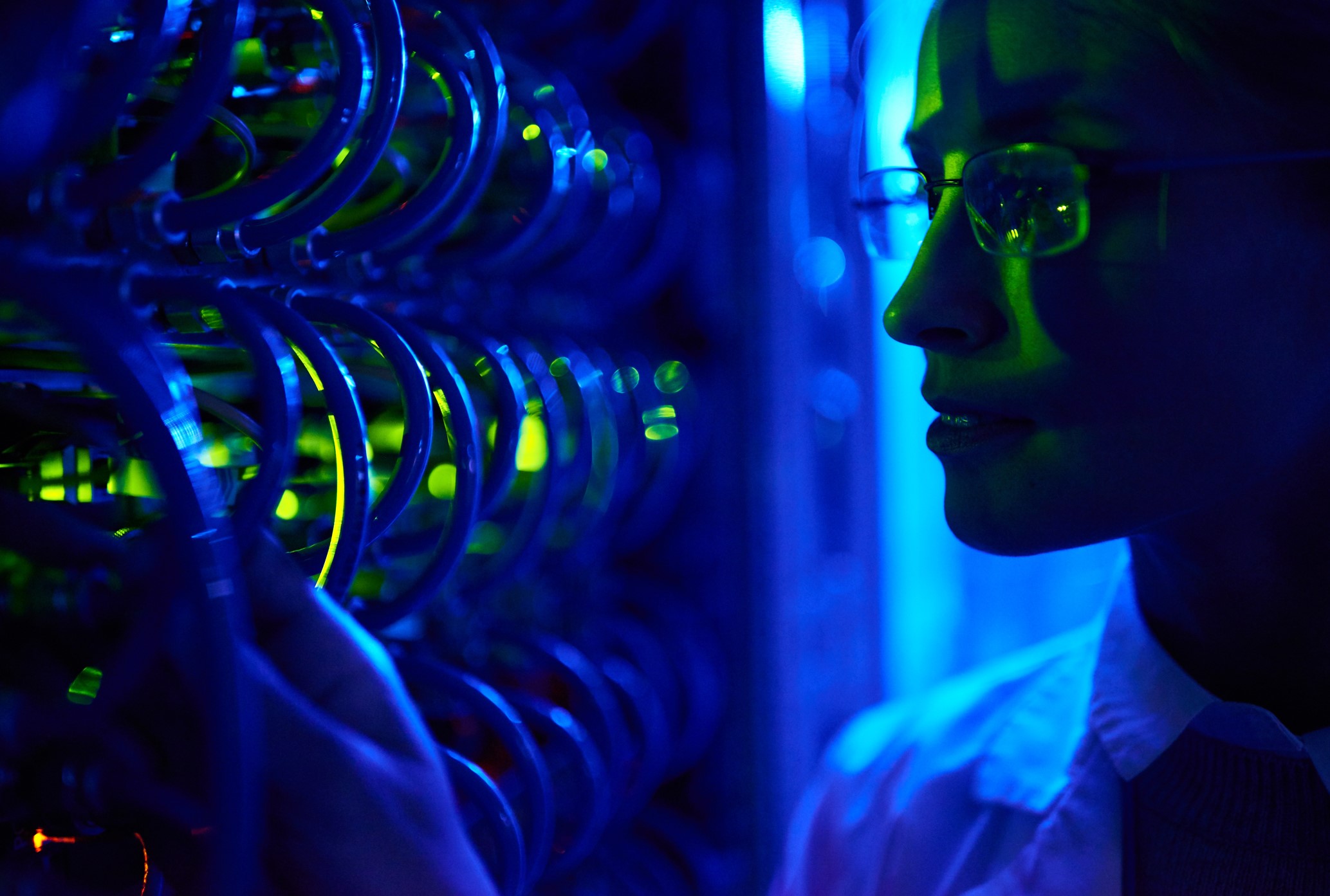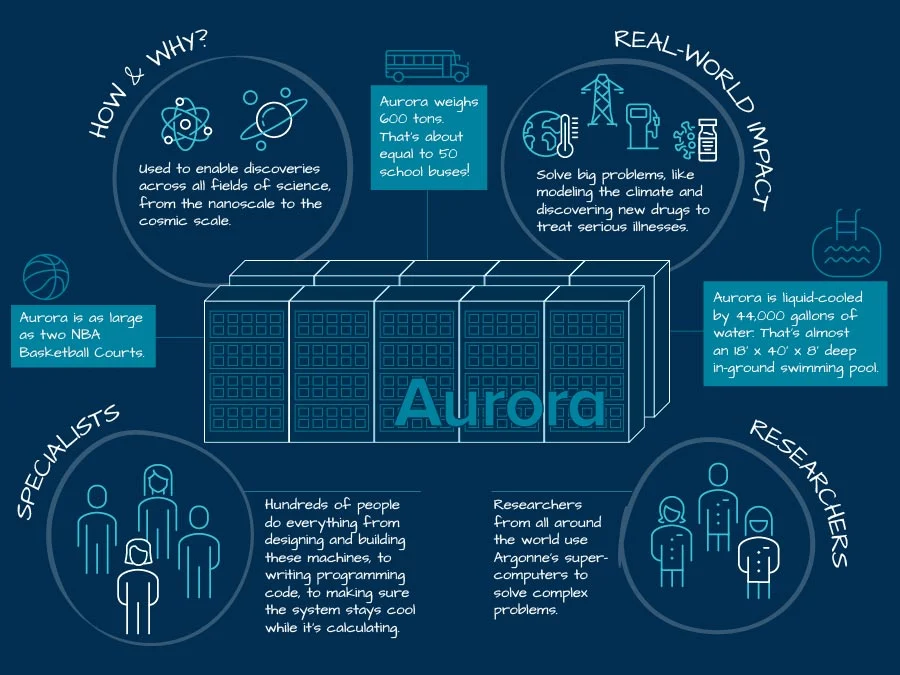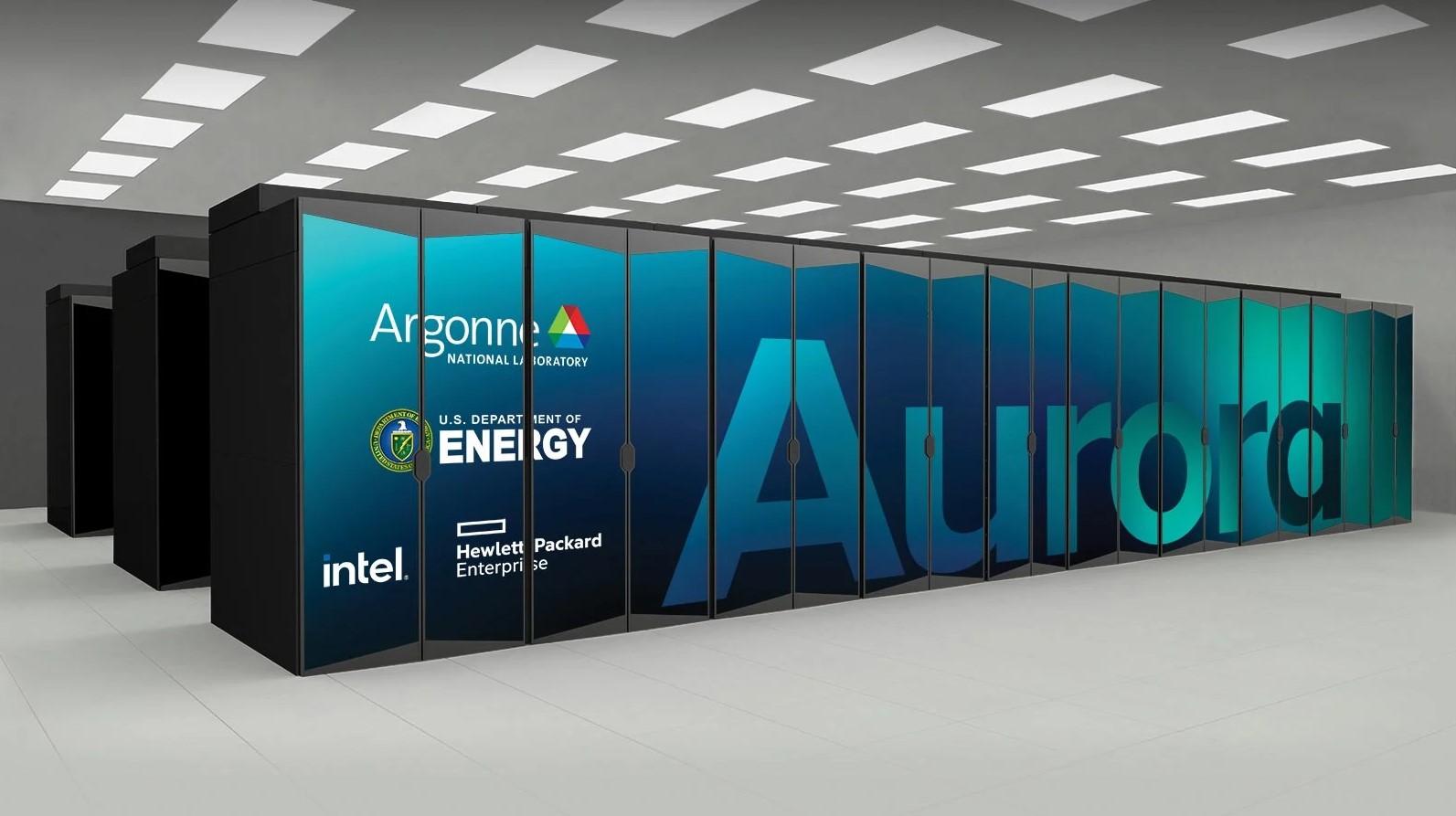What is Supercomputing?

Supercomputers, distinguished from ordinary computers by their ability to process enormous amounts of data, are instrumental in solving complex scientific problems. They consist of interconnected nodes and require extensive infrastructure and expertise to operate, exemplified by facilities such as Argonne National Laboratory, which uses its supercomputers for cutting-edge research.
Most personal and work computers are powerful enough to perform tasks such as doing homework and conducting business. You can even increase the power of certain components for a great gaming experience. But it is quite unlikely that you will solve puzzles about the universe or understand the inner details of a complex virus. These are big problems that both require and produce a lot of data.

Handling all that information requires the power of supercomputers. Computational scientists, Christopher Knight and Kevin Brown, provide a look into supercomputers. These powerful machines can perform billions of calculations per second to help scientists solve some of the world's most pressing challenges. Breakthroughs in climate science, human health and clean energy happen when diligent researchers, technicians and engineers put supercomputers to work.
Supercomputers are often used to simulate experiments that may be too expensive, dangerous, or even impossible to perform in reality. For example, researchers use simulations to understand how stars explode or how fuel is injected inside an engine.
A supercomputer consists of thousands of small computers called nodes. Each node is equipped with its own memory and a number of processors which do all the calculation. Another key to a powerful supercomputer system is an incredibly fast network, the center of communication that connects all these mini-computers. So now they can act like someone who handles millions of tasks to tackle complex problems quickly.
But it's not just the technological marvels that make supercomputers special. Enormous expertise and infrastructure are required to operate these massive machines and make them accessible to researchers. System administrators ensure that the supercomputer's hardware is functional and the software is up-to-date. In-house computational scientists work with supercomputer users from around the world to help ensure their codes run smoothly, and their simulations help advance scientific discovery.
Technical support is ready to help users with any problems they encounter in their work at a supercomputing facility. The world's most powerful supercomputers, such as those operated by the US Department of Energy, require specialized facilities, known as data centers, to meet their space, power and cooling needs.

Argonne National Laboratory's next supercomputer, Aurora, will occupy an area the size of two NBA basketball courts, consume the same amount of energy as thousands of homes, and be cooled by a complex system containing over 166,000 liters of chilled water.
Latest gadgets
-
26 Aprgadgets
-
25 Aprgadgets
Apple Watch Series 10: Thinner with new technology
-
24 Aprgadgets
AI deepfakes threaten global elections
-
23 Aprgadgets
AI moves into fighters and wins
-
23 Aprgadgets
Meta opens up VR software to other companies
-
23 Aprgadgets
Is Apple Vision Pro already forgotten?
-
23 Aprgadgets
Protect data with efficient smartphone chip
-
22 Aprgadgets
New take on the Apple Watch X design
Most read gadgets
Latest gadgets
-
26 Aprgadgets
ASUS TUF Gaming Capture Box-4K Pro
-
25 Aprgadgets
Apple Watch Series 10: Thinner with new technology
-
24 Aprgadgets
AI deepfakes threaten global elections
-
23 Aprgadgets
AI moves into fighters and wins
-
23 Aprgadgets
Meta opens up VR software to other companies
-
23 Aprgadgets
Is Apple Vision Pro already forgotten?
-
23 Aprgadgets
Protect data with efficient smartphone chip
-
22 Aprgadgets
New take on the Apple Watch X design






